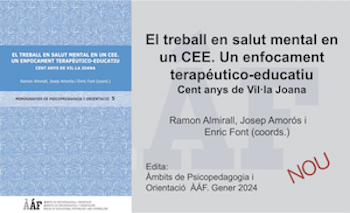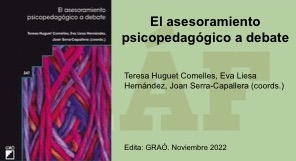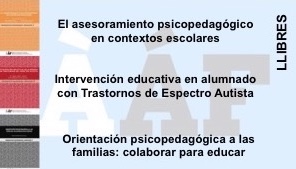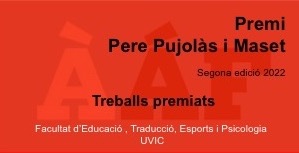Methodology TEACCH: proposal of intervention with children who suffer autism spectrum disorder in the Special Education Center Can Rigol
Abstract
In this article we explain how TEACCH methodology has been used within the parameters of Can Rigol’s School for Special Needs. This experience started off in 2011-2012 with a group of pupils with Austism Espectrum Disorder (ASD) in the first stage of the official educational degree. After obtaining excellent results, this methodology is going to be used with other three groups. This success is a consequence of taking in account the particular profile of the pupils and aiming to balance the concrete limitations that they show in their executive functionality.
In the development of this paper we explain the four essential components that must be present in the moment of introducing this methodology with ASD pupils: work systems, physical structure, schedules and visual structure.
References
Barkley, R.A. (1997). Behavioral inhibition, sustained attention, and executive functions: constructing a unifying theory of ADHD. Psicol Bull; 121: 65-94.
Goldberg, E. (2002)- El cerebro ejecutivo. Lóbulos frontales y mente civilizada. Editorial Crítica – Drakontos
Martos, P., Llorente, M., González, A., Ayuda, R. i Freire, S. (1995). Los niños pequeños con autismo. Soluciones prácticas para problema cotidianos. Madrid: Ciencias de la Educación Preescolar y Especial.
Mesibov, G i Howley, M. (2010). El acceso al currículo por alumnos con trastorno del espectro del autismo: uso del programa TEACCH para favorecer la inclusión. Ávila: Autismo Ávila.
Downloads
Published
Issue
Section
License
The authors maintain their copyright and give the right to the first publication of the work to the journal, registered under a Creative Commons Attribution-Non Commercial-NoDerivs license. This license allows others to download the works and to share them with others as long as they credit the author, but it does not allow for any kind of modification or commercial use.















